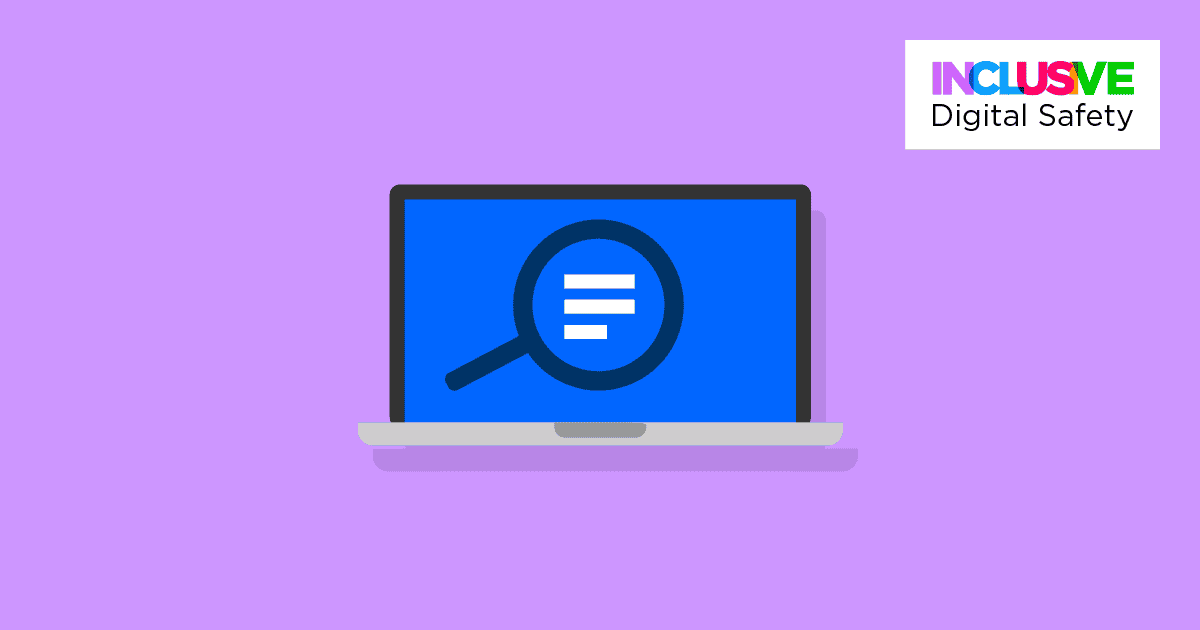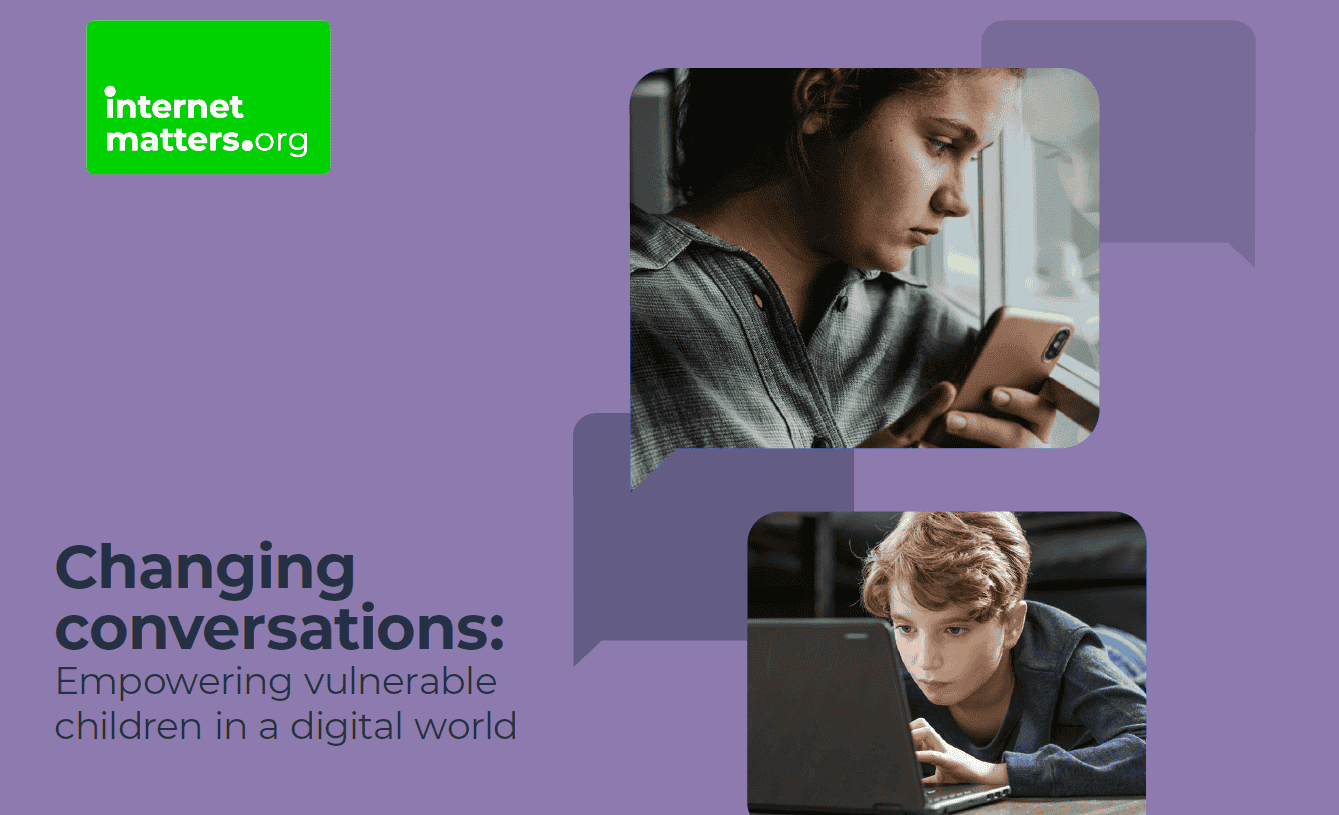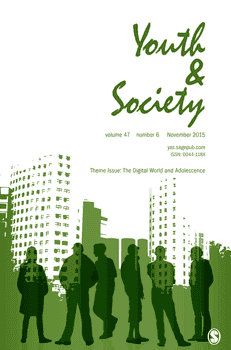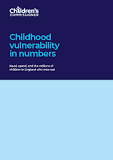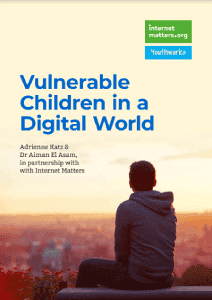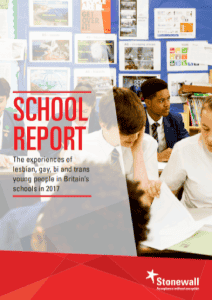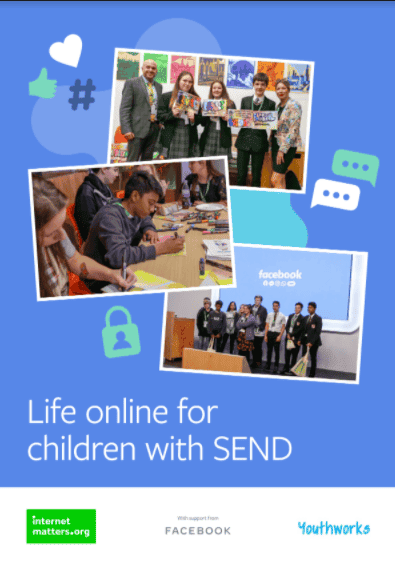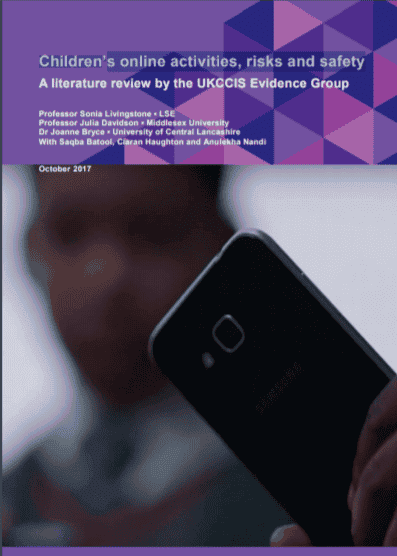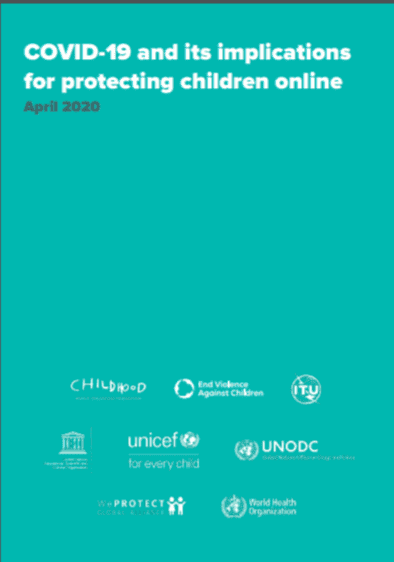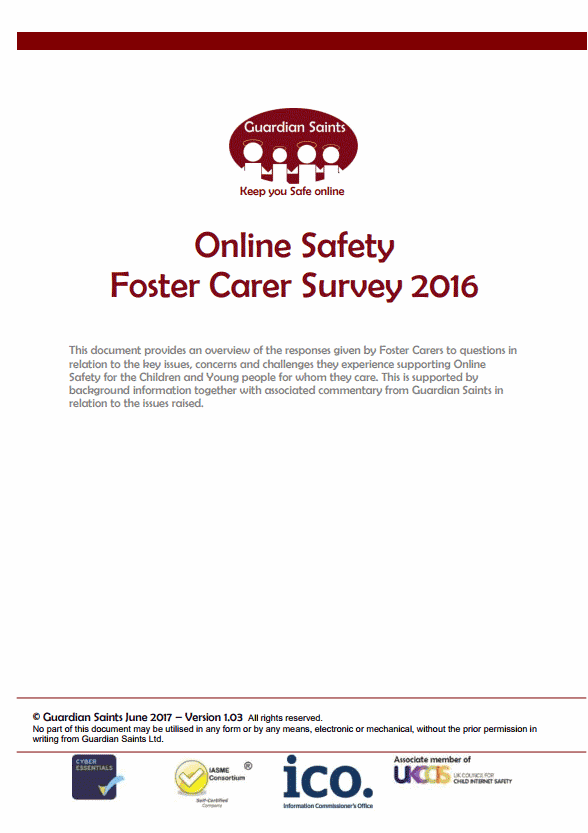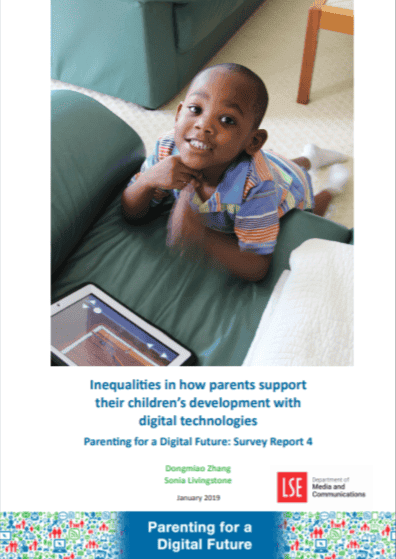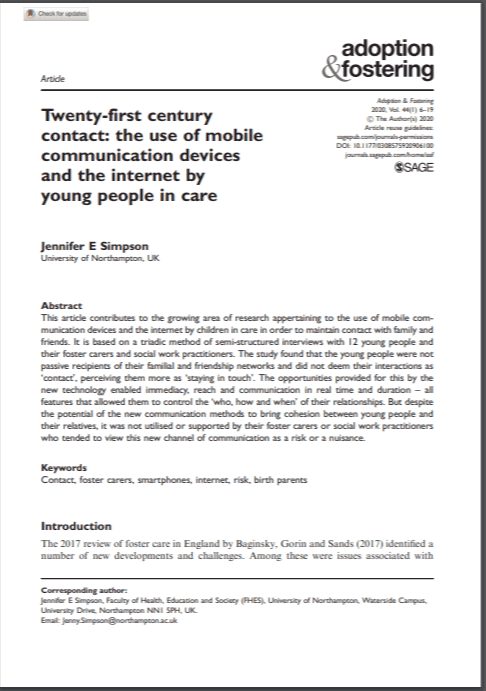Short summary of what’s in the research factsheets for professionals
Knowledge is key when it comes to ensuring all young people benefit from connected
technology safely.
That's why we've created a range of factsheets to help professionals identify potential increased
risks that children with additional needs, disabilities, or certain lifestyles may face
online. Throughout the Inclusive Digital Safety hub you’ll also find advice on how to minimise the
chance of the risk turning into actual harm.
What the research tells us
Insights from Internet Matters research with parents and the Cybersurvey with children tells us
that children and young people experiencing offline vulnerabilities are more likely to face risk
and harm online.
As children and young people’s offline vulnerabilities can be used as a predictor for the types of
online risks they'll be more likely to experience, this gives us the opportunity to intervene early
on and provide them with the right support and advice to help them stay safe online.
It’s important to note that a one size fits all approach to online safety education will not suit
vulnerable children and young people. Applying a three-tier model that involves moving from
universal support to targeted and then to intensive for those most at risk is key.
What's inside the factsheets?
The factsheets are based on the Vulnerable Children in the Digital World research report and
the 2019 Cybersurvey, both produced with Youthworks which cover insights on what high-risk
online scenarios can be predicted for children and young people with:
● Special educational needs and disabilities (SEND)
● mental health difficulties,
● communication difficulties
● and those in care.
You'll find examples of the risks that can be predicted for each group to be better equipped to
empower children and young people to make safer choices online.


